SpaceX Starship Faces US Review in Step to Resuming Launches
The US Fish and Wildlife Service initiated a formal review of the upgrades SpaceX has made to its Starship launch system, one of the final regulatory steps before flights can resume following its explosive April debut.
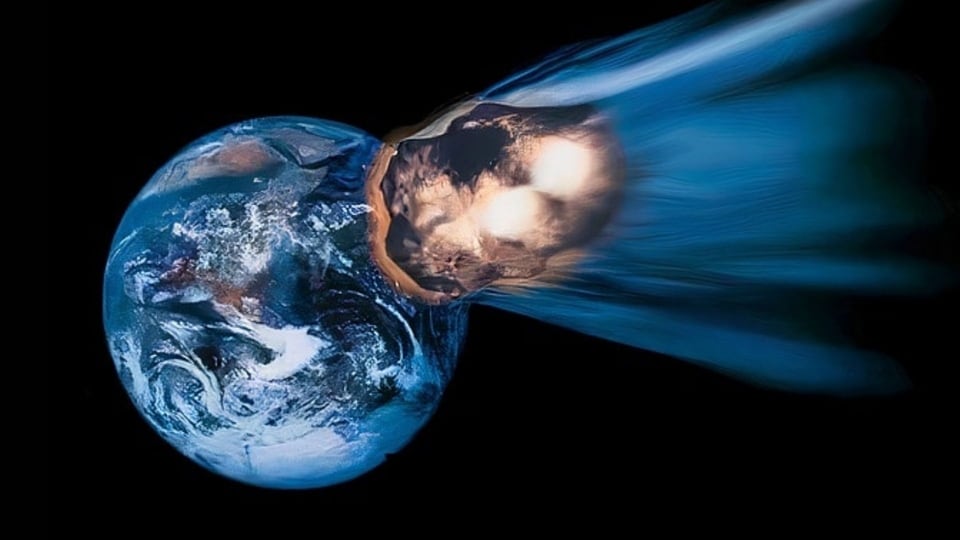
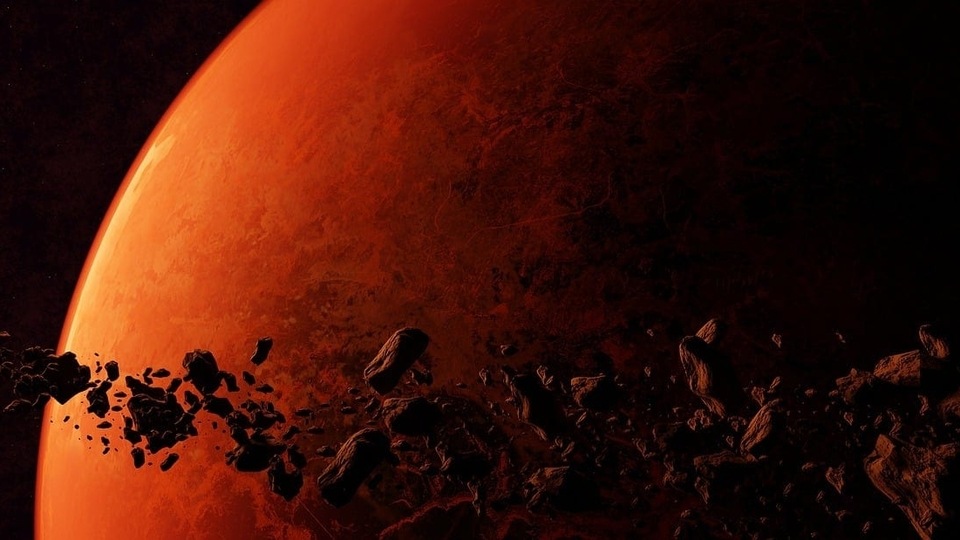
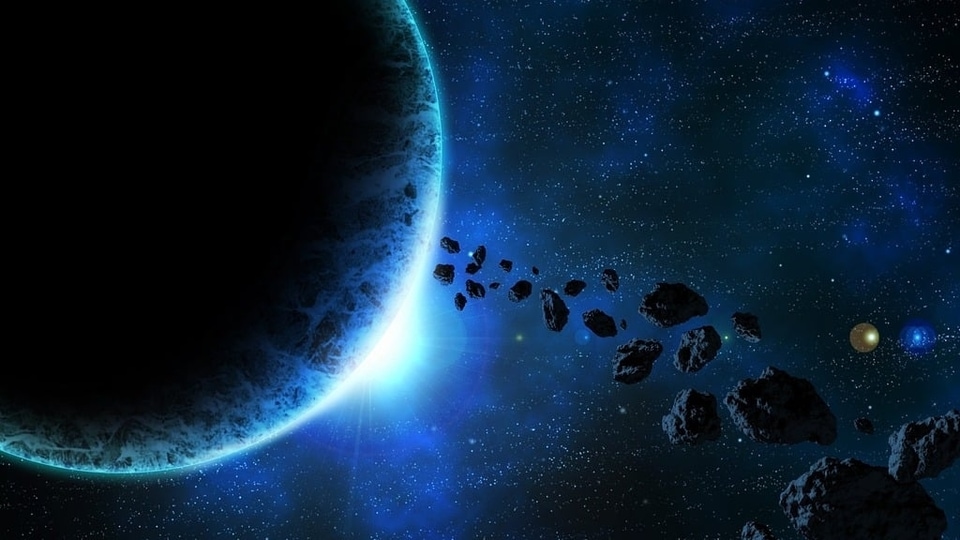
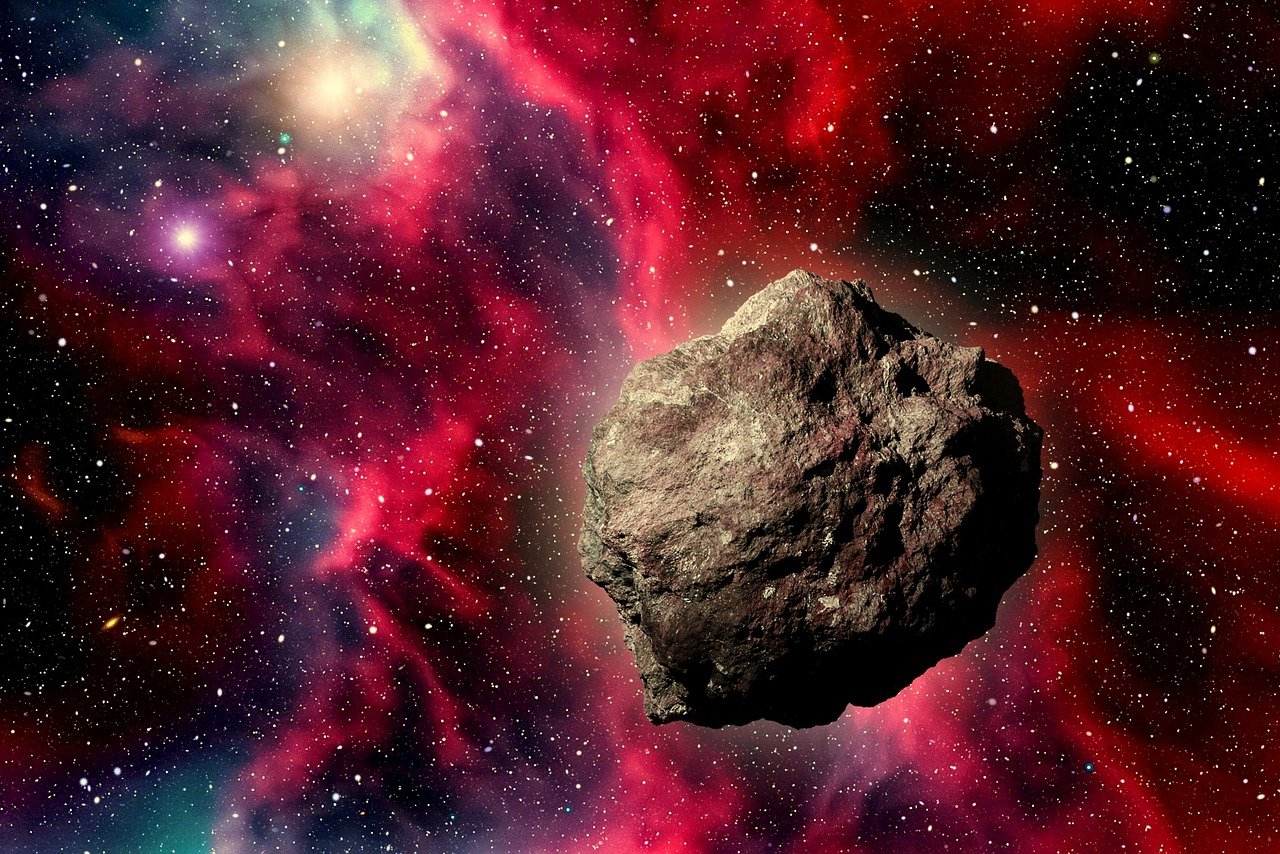
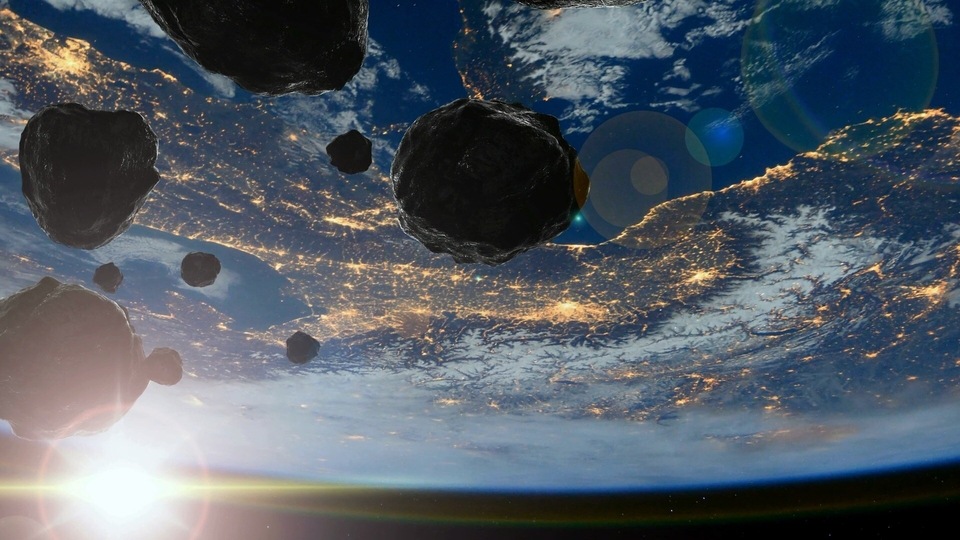
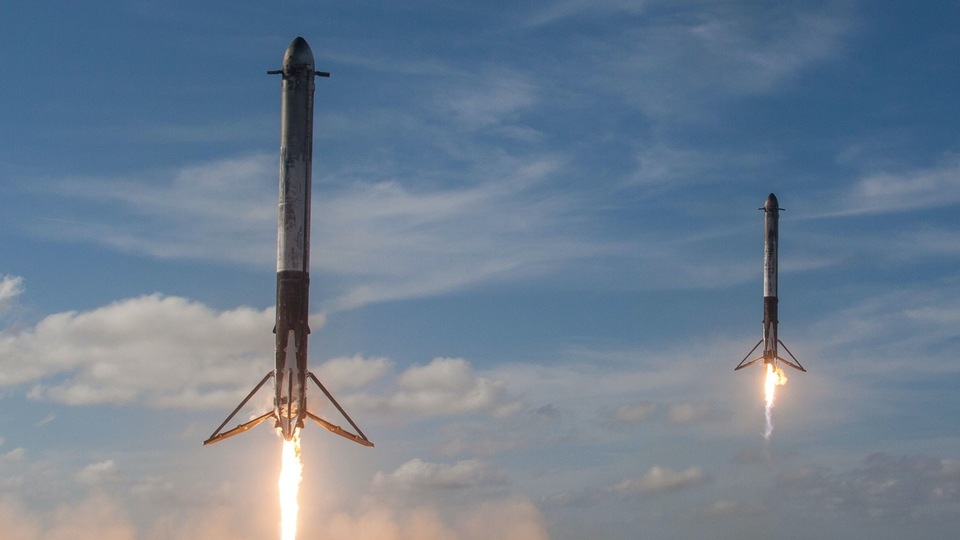
 View all Images
View all ImagesThe US Fish and Wildlife Service initiated a formal review of the upgrades SpaceX has made to its Starship launch system, one of the final regulatory steps before flights can resume following its explosive April debut.
The agency said in an emailed statement Thursday that it initiated the review — a consultation under the Endangered Species Act — with the Federal Aviation Administration on Oct. 19. The FWS now has as long as 135 days to create an updated biological opinion about how Starship and its launches impact the local environment, however the agency does not “expect to take the full amount of time,” a representative said in the statement.
Even as the review unfolds, Elon Musk's Space Exploration Technologies Corp. has been gearing up for Starship's next test flight. The launch system is the multibillion-dollar centerpiece in Musk's ambitions to carry cargo and people to the moon and — eventually — to Mars.
A SpaceX executive told a Senate subcommittee hearing on Oct. 18 that Starship has been ready to fly again for more than a month, but is being held back by the lengthy launch licensing process.
A SpaceX representative didn't immediately respond to a request for comment.
“Vehicle is ready for the second test flight of a fully integrated Starship, pending regulatory approval,” SpaceX wrote in a social media post on Oct. 24.
The focus of the review revolves around SpaceX's addition of a water deluge system to the launchpad located at the company's Starbase facility in Boca Chica, Texas. The deluge system sprays significant amounts of water during liftoff, to lessen the heat, forces and gasses the colossal rocket unleashes.
The FAA oversaw a mishap investigation after it grounded the rocket in the wake of the company's first test flight on April 20. During that flight, Starship successfully took off from its Texas launchpad, but suffered multiple engine failures as it ascended. The two-stage rocket then failed to separate as planned and started spinning out of control, prompting SpaceX to intentionally blow up the vehicle.
The vehicle's engines sent chunks of debris and pulverized concrete across 385 acres of nearby land. The takeoff also sparked a 3.5 acre fire on state park land.
Read More: SpaceX Rocket Blast Left US Officials in Disbelief Over Damage
The FAA's investigation wrapped up in September, with the FAA prescribing SpaceX 63 corrective actions to take to prevent another destructive flight test. However, SpaceX still needs a launch license from the FAA to fly again, which cannot be issued until the consultation with the FWS is complete.
According to a provision of the Endangered Species Act, consultation with the FWS must happen again “when a project and its impacts change significantly,” when new endangered species are listed, or when other species weren't considered during the first consultation.
The FAA originally attempted to re-initiate consultation in August by sending the FWS a new biological assessment — which details how the changes to Starship and its launch site might affect endangered species and critical habitats in the area.
However, the FWS told Bloomberg News that it did not have all the information it needed to begin the formal review process. The FAA then sent an updated biological assessment to the FWS on Oct. 5, which was reviewed by the FWS and led the formal consultation to begin.
Catch all the Latest Tech News, Mobile News, Laptop News, Gaming news, Wearables News , How To News, also keep up with us on Whatsapp channel,Twitter, Facebook, Google News, and Instagram. For our latest videos, subscribe to our YouTube channel.


























